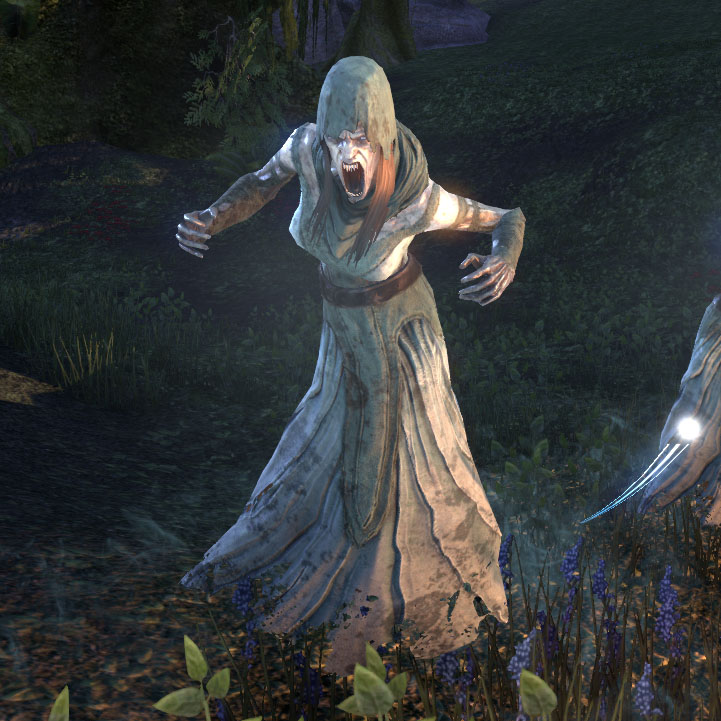

For instance, young people would rub their loins against the stele set in the churchyard of Saint Samson in Pleumeur-Bodou in the hope of improving their strength while men would rub their shoulders against the menhir in Landunvez for the same purpose.

Many other superstitious rituals connected with sacred stones were noted as still extant in Brittany at the end of the 19 th century.
#Broken coast dolmen skin#
Some small Thunder Stones were carried about the person in hopes of the same protection, while others were fashioned into necklaces that were hung around the necks of children to protect them from childhood illnesses such as skin disorders and eye pain. This belief in the benevolent charm of the stones can also be glimpsed in the old Breton practice of placing chipped pieces of megaliths or Neolithic worked flint, popularly known as Thunder Stones, in the foundations and roofs of buildings as a protection against lightning strikes. There are many legends surrounding these stones, some say that they were erected by the korrigans, others tell of the wizard Merlin cursing an invading Roman army or that Saint Corneli, patron saint of horned animals, having been pursued to the edge of the sea by a pagan mob resentful of his evangelising, changed his pursuers to stone. On the south coast, the world’s largest concentration of megaliths features over 3,000 menhirs arranged in about a dozen rows over 4km (2.5 miles) long, known as the Carnac Alignments. If the lovers agreed on the number of stones, not necessarily the correct one, it was said that their marriage would be a happy one. This legend seems to provide the background reasoning behind a once popular local custom whereby couples wishing to marry visited the stones on the night of a new moon to walk around them in different directions the women going clockwise and the men counter-clockwise, counting the stones as they did so.

It was also said that the fairies had placed a spell of confoundment upon their building so that no count of the number of stones would consistently tally. Since then, the whistling of the wind between the stones was held to be the lamentations of souls no longer visited by the fairies. One legend tells that the structure was built by the fairies to protect the souls of the just but these fairies disappeared with the demise of the forest. Local folklore ascribed its construction to the fairies who, according to some accounts, completed the work in a single night. Built from 32 upright stones with nine roof slabs, this structure is about 20 metres long by five metres wide and four metres high. The world’s largest dolmen is known as La Roche-aux-Fées (the Rock of the Fairies) and stands near Essé in eastern Brittany. If the stone had to be brought from afar, the work was arduous and sometimes incomplete before dawn’s first light as attested by the presence of many solitary menhirs and roofless dolmens in the landscape. The hours of darkness belonged to the fairies and one night was thought all that was needed to raise a dolmen. The belief that only such supernatural creatures could have erected the massive stone monuments was widely found across Brittany, albeit sometimes with small refinements such as the stone blocks being carried in aprons, balanced on the heads of fairies or carried under each arm. Whatever the reason, the worship of stones endured in Brittany and elsewhere in northern Europe. Perhaps the mysterious nature of these massive blocks of stone retained ancient associations with death and the afterlife or possibly the stones held a ritual significance in the religion of the Celts. The worship of stones into the common era is not so easily explained as the worship directed toward objects possessing movement and vitality. Were they boundary markers, centres of sacrifice, astronomical observation posts or sites for communal gatherings and worship? Perhaps, over time, they were a combination of all these or possible none we will never know for certain. While there is general agreement that dolmens were initially built to house burials and to honour the dead, there is much debate regarding the role of standing stones and stone circles in primitive culture here. It is widely believed that prehistoric man worshiped celestial bodies as well as trees, springs, mountains and rocks and that all remained objects of veneration among the Celtic pagans of Brittany.


 0 kommentar(er)
0 kommentar(er)
